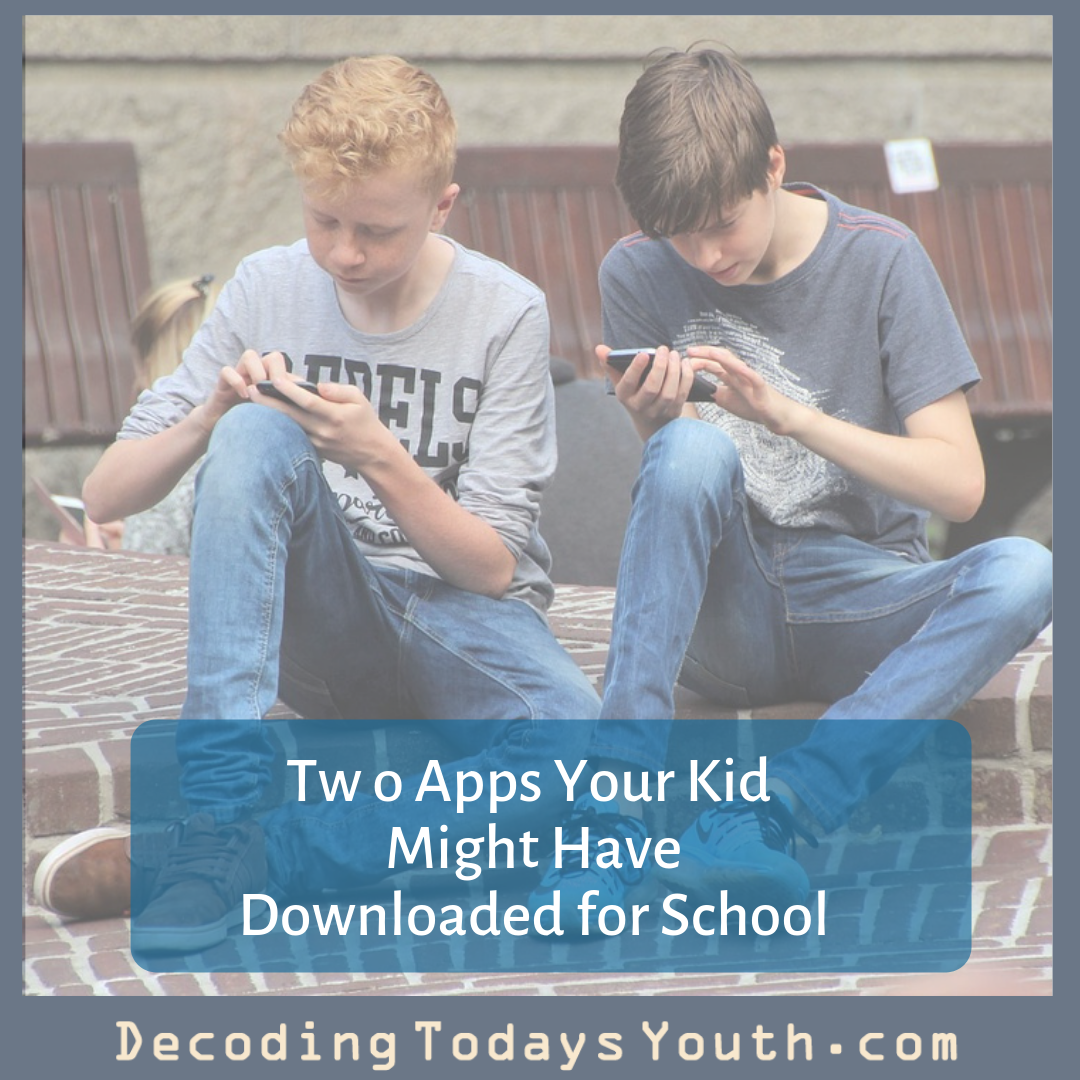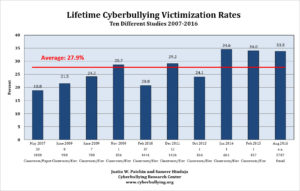
As your kid heads back to school this year with their new blue jeans and Nikes, they may also be taking two new apps along with them.
One is “TikTok,” a popular short-form video sharing app that is currently #1 on the Apple App Store. The other is “YOLO,” a new anonymous question and answer app students can use as a plug-in with Snapchat. It is #18 on the app store.
While these apps might help your kid pass time on their bus ride home or during lunch, there are also some real dangers that parents need to be aware of.
TikTok and Sharing Private Information
TikTok is a social media service that is designed to let users watch, create and share videos. Often times these videos are filled with today’s top music hits, which users have access to for free.
Originally known as “musical.ly,” before that app merged with TikTok in August 2018, this social media channel combines several key concepts from other popular apps.
It has the feel of “Vine,” a former, popular video sharing service that was known for its hilarious 6-second videos. But unfortunately, due to a lack of revenue, Twitter shut down Vine in January 2017.
When I was a tween myself, Vine was insanely popular for a summer. While I didn’t have a smart phone at the time, all my friends were using it. And from what I remember of the app, it was mostly filled with people doing dumb stunts in order to get likes.
TikTok uses the same rabbit-hole tactic that YouTube uses to hook young users. It pre-loads the next video to keep you from leaving the app.
But just like any social media, the real concern is the amount of private information your kid could be sharing with the world. TikTok makes it easy to share too much information with strangers. In fact, by default, TikTok accounts are set to public, which allows ANYONE to see your videos and location information, and it allows anyone to direct message you.
To learn how to change your kid’s TikTok settings to private, check out this short video. It literally only takes a minute. https://www.youtube.com/watch?v=YgrGwn60yyE
By the way, TikTok had to make a settlement with the Federal Trade Commission this year for illegally obtaining children’s personal information. In response, the app created a section just for children. https://www.ftc.gov/news-events/press-releases/2019/02/video-social-networking-app-musically-agrees-settle-ftc However, this can easily be bypassed by providing a false birth date.
Of course, the other major issue with this app is the content kids are watching. Because popular music has a large amount of foul and sexualized language today, your kid might be exposing themselves to this language as well as watching people dance in suggestive ways. Maybe you’re not ready for your kid to watch this.
YOLO and the Danger or Anonymous Apps
When I was growing up, the acronym “YOLO” became popular. It meant “You Only Live Once”. Pretty tame, I guess, but the app is potentially more dangerous, I think.
The app YOLO encourages users to “get anonymous answers” as soon as they are logged into the app. You can either create your own question to ask, or use the “dice” that will prompt a pre-made question. The app then encourages you to post the answers on your Snapchat story.
I have seen a lot of people say some fairly inappropriate things to others using this app. My big concern is cyber bullying. The app is popular enough that a lot of kids could be targeted by these anonymous comments.
According to, the Pew Research Center (https://www.pewinternet.org/2018/09/27/a-majority-of-teens-have-experienced-some-form-of-cyberbullying/), last year at this time, more than 59 percent of teens said they experienced some sort of cyber bullying.
Former anonymous social media apps, like “Ask.FM,” “Sarahah” and “YikYak,” created social havoc in my high school, in my opinion. There was such an outcry that a letter was sent home to parents asking them to get their children to stop using these apps. If I remember correctly, iTunes and the Google Play store actually kicked off Sarahah from their platforms in 2018, after they received enormous amounts of backlash because of cyber bullying. https://www.bbc.com/news/blogs-trending-43174619
Ironically, I believe tweens use these anonymous social media apps so they can get acceptance from their peers. However, they often get the inverse.
I think it’s crucial that kids grow up slowly with these apps. You will want to have a serious conversation with your kid about these apps. Sharing personal information and getting caught up in cyber bullying are just two of the issues you should discuss. Try some of our links if you want to learn more.
More helpful Links:
https://www.commonsensemedia.org/blog/parents-ultimate-guide-to-musically
https://www.usatoday.com/story/tech/2019/06/18/yolo-app-raises-bullying-concerns/1292307001/
Here is an additional resource sent to us:
https://www.allconnect.com/blog/is-tiktok-safe-for-kids




